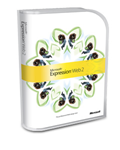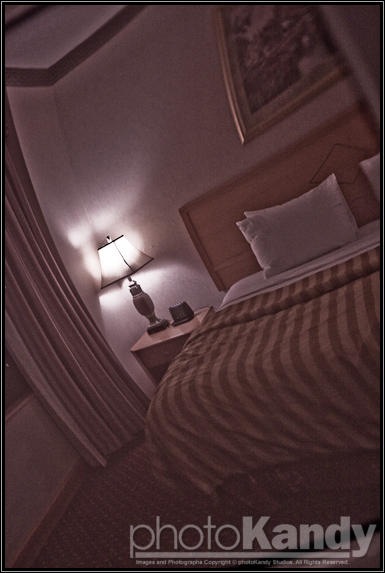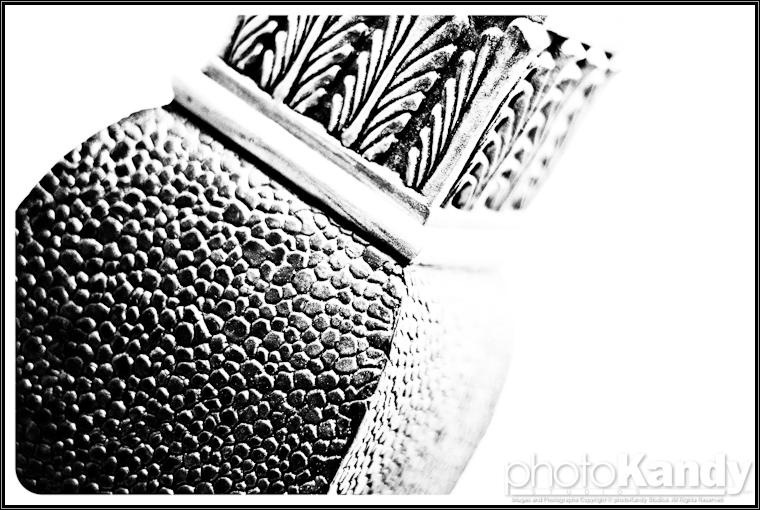I happen to like storms. I don’t know why – I just always have. Maybe it’s because I feed, somehow, off of the electricity in the air, or am excited at the prospect of watching something absolutely awe-inspiring and terrifying, with powers on display far greater than my own. Who knows. I’m weird like that.
So, on Friday, we had a whopper of a storm cell move through. I was fortunate enough to catch a couple shots of some thunderclouds in the distance, as well as those boiling (yes, I mean boiling) overhead, and then some shots once I got home. So without further ado, here’s some of the shots from the storm:
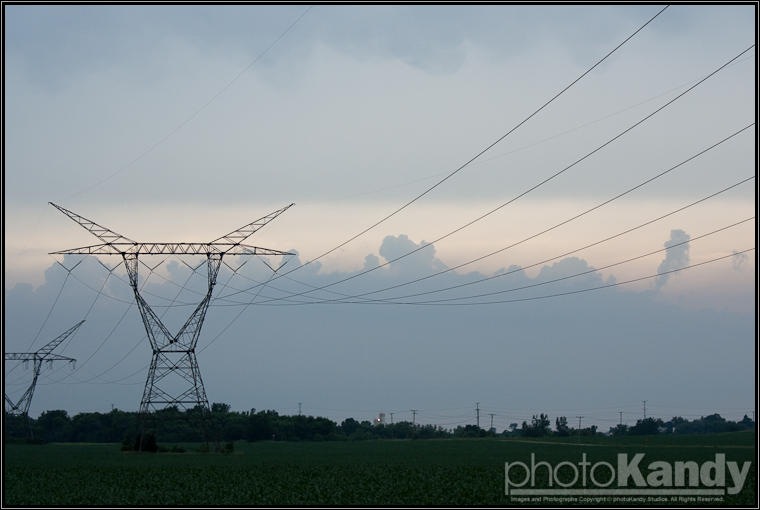
Storm clouds in the distance; power lines in front. I don’t think my city ever lost power, but I bet someone did…
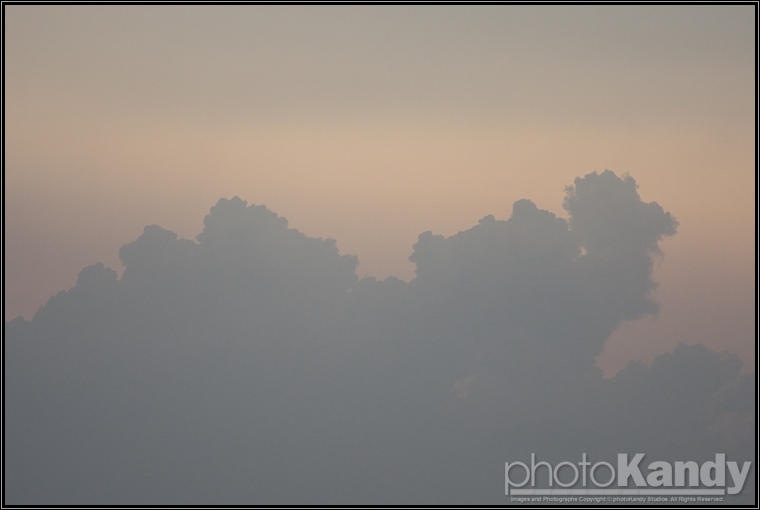
Thunderhead up close and personal. Except, he’s actually several miles away – closer to Aurora, IL. The shape, however, was what most intrigued me – hence the shot.

And this – this was what was boiling directly above me. Yeah – fun stuff! At this point, though – no rain yet. I didn’t begin to see any lightning until I hopped back in my car and continued on down the road a while. Even so, I didn’t take a million pictures of this stuff. Better safe than sorry, right?
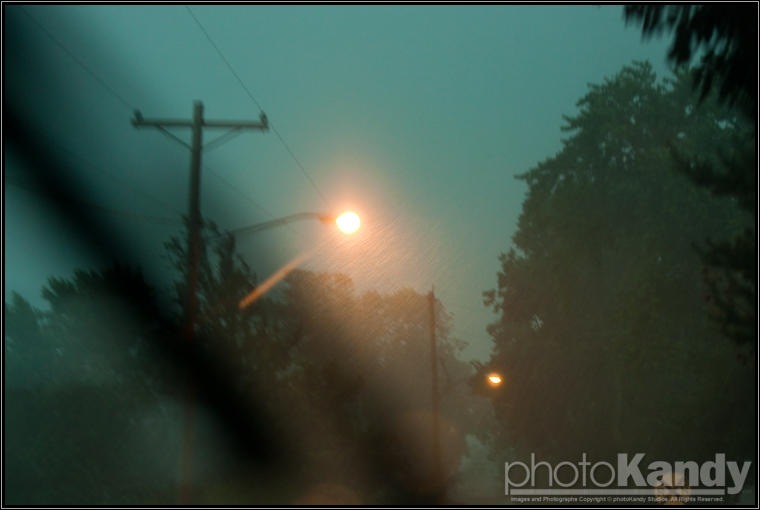
The view out my car as I pull into town. Rain, rain, rain, rain. Everywhere rain. And the wind. Goodness-gracious-me. At this point we were under a Severe Thunderstorm Warning – mostly for the wind gusts – which were, in some areas, over 60 mph. I don’t know that it was that bad in town, but leaves and other debris was definitely flying around, so it was strong, regardless.

After I parked in front of my apartment, it was pouring torrents and torrents of rain. So, to wait a little while in the hopes that it would slow down a bit, I snapped some shots out the car window. This was a clear one with a slow shutter speed so that the movement of the trees in the wind can be seen very clearly. This was probably the height of the wind part of the storm as these poor things were going all over the place.
Needless to say, I finally made it back into my apartment (else I couldn’t have processed these images), but it was quite the nasty storm cell. It went on to do quite a bit of damage closer to Chicago, from what I heard on the news, which just goes to say how dangerous these severe weather events can be. And how lucky I was to have made it close to home before really getting pounded by the wind and the rain!



